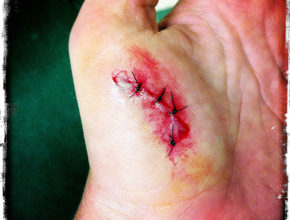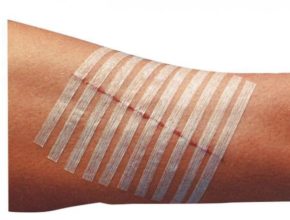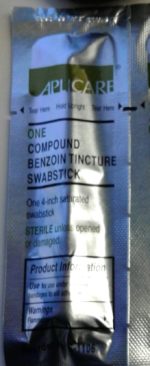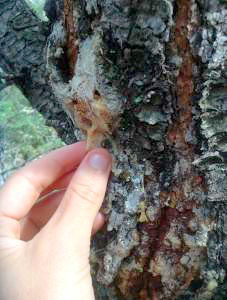To stitch or not to stitch.
Everywhere you turn in prepper pages survival pages etc you see someone offering a class on how to suture. Hell I do also. But the majority of them leave out the biggest part of the descision making process.
SHOULD. I. EVEN. SUTURE. THIS. WOUND.
Sorry for the shouting but it is important. I am a HUGE proponet of proper wound care. Heck I have been stitchin stapling and glue people back together of over 30 years. During that time I have seen a LOT of wonds fixed, infected re treated and limbs lost due to infection.
Now dont get me wrong. Suturing is a skill that needs to be learned and learned well. Sutures and taping skills are all thats going to be left if a SHTF thing last a long time. The major issue with suturing is the pre suture wound care. IE the cleaning.
When I was an ER tech and we had someone in the ER post “Hey hold my beer and watch this!” event. We used on avrerage 250 cc of wound flush for each inch of length and quarter inch of depth of a wound. In my classes I tell people to flush until they are sick of it and flush again. This is to ensure that ALL contaminants are out of the wound. In the woods you may not have that luxury. Really it isnt a luxury its MANDATORY.
Next item is the enviroment. The air in suture room is controlled . Not so much filtered. The room has a higher air pressure than outside so air is pushed out and not allowed in. In SHTF that is NOT going to be an option.
Sutured parts need to be protected from moisture. And the right suture needs to be chosen. The most common you see is black silk. Next is monofillament. IF you need to suture skin try to choose monofiliament. It does not allow wicking.
If you can meet all three requirements on closing a wound, then go ahead and suture it closed.
But also remember that for every stitch you put in you make 2 more wounds in the skin.
For. Each. Stitch.
This is an infected sutured wound. Notice how the wound is red and puffy. The infection has no where to go but deeper in the tissue.

My momma told me if I ever complain about something be prepared to offer a solution. So instead of making 2 holes for each stitch. Think of Steri Strips. We used to call em Butterfly bandages because we would trim them in a butterfly wing shape.

Steri Strips properly applied will not hold as well as suture, normally. However you can tape a wound together and leave a portion open on the lower end to allow drainage.
When you get to an area where you have the time, place and materials then suture away. Steri’s with a little help can even replace suture on non moving or bending areas. After you clean the area and wound apply a thing called Trincture of Benzoin. Think sterile pine sap in alcohol.

Apply this to the outside of the wound at least as wide as the steri strip you are going to use. NOT ON IT. And allow to dry. Then place the steri on one end pull tight over the wound and stick the other end down.
What you say? You have no Benzoin? Here in ther desert SW we have Pinon Pine. Almost every portion of the country has some sort of pine tree. Harvest it spread like the benzoin and your steri strips will not come off until you take em off.

Staples. I consider them the same as suture except they do not wick in CONTAMINANTS. 2 new holes for each staple.

I am not against suturing. Far from it. But please consider what we call the Risk vs Benefit. Will you suturing now benefit this person in the long run, or is the risk of infection is to high and lets put it off of a while til we can properly clean it.
